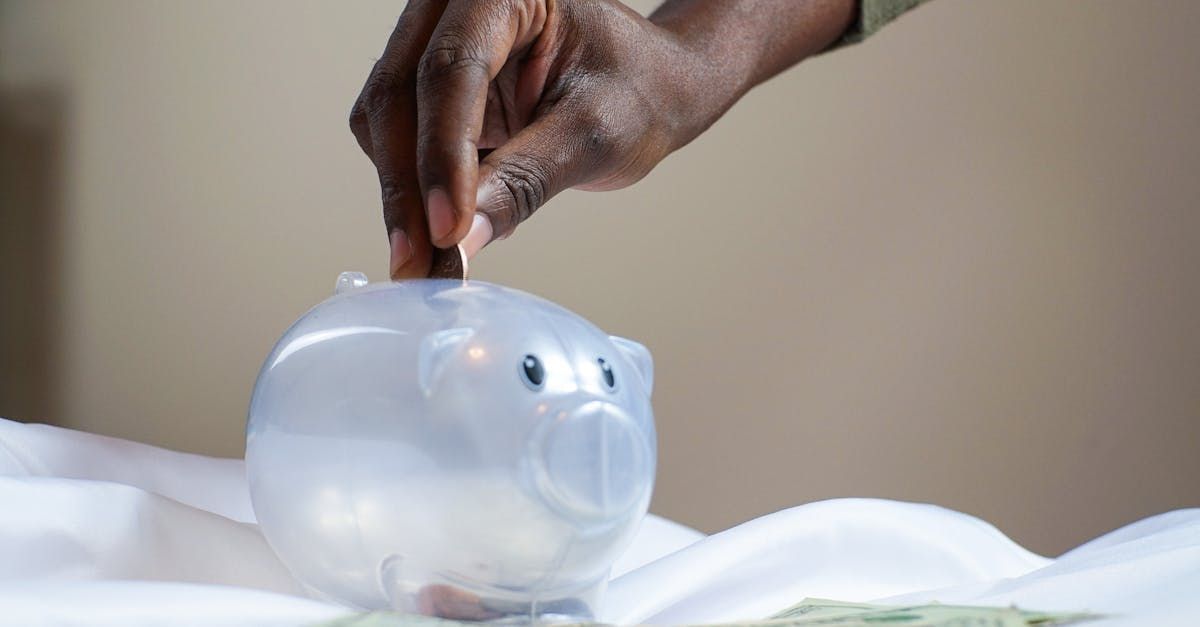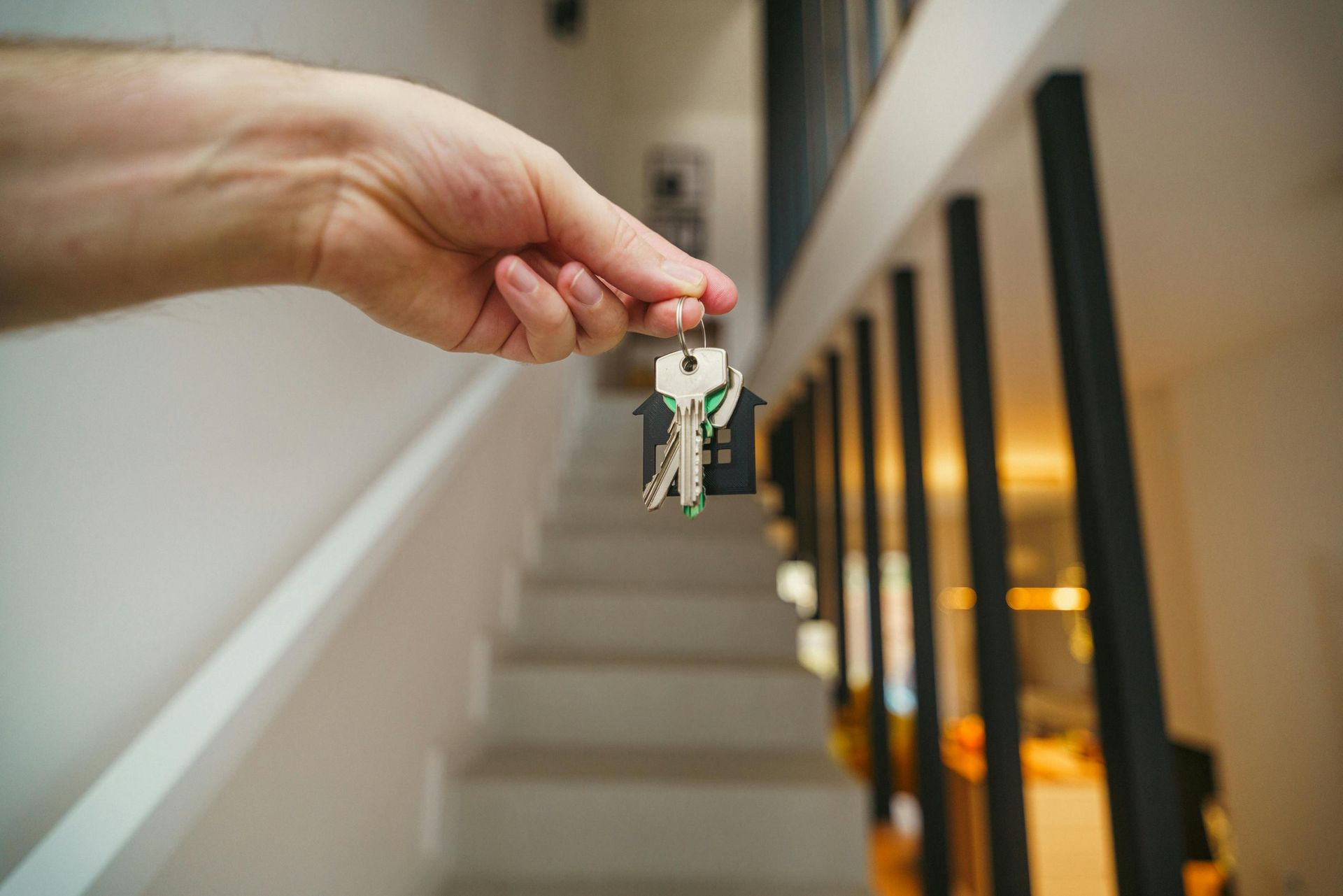A Key Guide to Building an Emergency Fund
Emergency Fund: What It Is and How to Build One
What Is an Emergency Fund?
An emergency fund is a financial safety net set aside to cover unexpected expenses such as medical emergencies, car repairs, or sudden job loss. Unlike regular savings, which might be allocated for specific goals like vacations or home improvements, an emergency fund is reserved for true financial emergencies. This fund should be easily accessible, typically held in a savings account, so you can quickly tap into it when necessary.
The primary characteristic of an emergency fund is its liquidity. It's meant to be readily available without incurring penalties or fees. This distinguishes it from other savings or investments that might be tied up in long-term accounts or require a waiting period to access.

The Importance of an Emergency Fund
Having an emergency fund provides financial security and peace of mind, allowing you to handle unexpected expenses without stress. It helps you avoid debt, offers protection against job loss, and ensures you can cover unforeseen medical costs.
Financial Security and Peace of Mind
Having an emergency fund provides a sense of financial security. Knowing that you have a buffer to fall back on can significantly reduce stress and anxiety related to financial uncertainties. This peace of mind allows you to focus on other aspects of life without the constant worry of unexpected expenses derailing your financial stability.
Avoiding Debt
One of the most compelling reasons to have an emergency fund is to avoid falling into debt. Without a financial cushion, unexpected expenses often lead to reliance on credit cards or loans, which can accumulate high-interest debt. An emergency fund helps you handle these expenses without resorting to borrowing, thus protecting you from the financial strain of debt repayment.

Protection Against Job Loss
Job security can never be guaranteed, regardless of how stable your employment might seem. An emergency fund acts as a buffer during periods of unemployment, allowing you to cover your essential expenses while you search for a new job. This financial cushion can help you avoid making hasty decisions out of desperation and give you the time needed to find the right employment opportunity.
Unexpected Medical Expenses
Health emergencies can happen to anyone, and they often come with significant financial burdens. An emergency fund ensures that you can cover medical bills without compromising your financial stability. This is particularly crucial given that medical expenses are one of the leading causes of debt and bankruptcy.
How to Build an Emergency Fund
Building an emergency fund might seem daunting, especially if you're starting from scratch. However, by following these steps, you can systematically create a robust financial safety net.

1. Assess Your Needs
The first step in building an emergency fund is determining how much you need to save. A common rule of thumb is to have three to six months' worth of living expenses saved. This amount should cover essential costs like rent or mortgage, utilities, groceries, transportation, and any other necessary expenses. If your job is particularly volatile or if you have dependents, you might aim for a larger fund.
2. Set a Realistic Goal
Based on your assessment, set a realistic savings goal. Break this goal into smaller, manageable milestones. For instance, if your ultimate goal is to save $15,000, you might set initial targets of $1,000, $5,000, and $10,000. Achieving these smaller milestones can provide motivation and a sense of accomplishment along the way.
3. Create a Budget
To find money to put toward your emergency fund, you'll need to create a budget. List all your income sources and expenses to see where your money is going. Identify areas where you can cut back, such as dining out, entertainment, or subscription services. Redirect these savings into your emergency fund.
4. Automate Your Savings
One of the most effective ways to ensure consistent contributions to your emergency fund is to automate the process. Set up automatic transfers from your checking account to your savings account on a regular basis, such as monthly or bi-weekly. This way, saving becomes a routine part of your financial habits, and you won't be tempted to skip contributions.
5. Start Small and Build Up
If you can't save a large amount immediately, start small. Even $10 or $20 a week can add up over time. The key is to start saving regularly, no matter how small the amount. As you get more comfortable with your budget and potentially increase your income, you can gradually increase your contributions.
6. Save Windfalls
Whenever you receive unexpected money, such as tax refunds, bonuses, or monetary gifts, consider putting a significant portion into your emergency fund. Windfalls can provide a substantial boost to your savings and help you reach your goal faster.
7. Keep Your Fund Separate
It's crucial to keep your emergency fund separate from your regular checking account to avoid the temptation of using it for non-emergencies. A high-yield savings account can be an excellent place to store your emergency fund, as it offers higher interest rates than regular savings accounts and still provides easy access to your money when needed.
8. Reevaluate and Adjust
Your financial situation and expenses will change over time, so it's essential to periodically reevaluate your emergency fund needs. Make adjustments to your savings goal and contributions as necessary to ensure your fund remains adequate for your circumstances.
9. Use It Wisely
Remember, your emergency fund is for emergencies only. It can be tempting to dip into it for non-essential expenses, but doing so defeats its purpose. Before using your emergency fund, carefully consider whether the expense is truly an emergency.
10. Replenish After Use
If you do need to use your emergency fund, make it a priority to replenish it as soon as possible. Rebuild your savings by following the same steps: budget, save, and automate contributions until your fund is restored to its target amount.
Start Building Your Emergency Fund Today
Building an emergency fund is a critical step toward financial stability and peace of mind. By understanding what an emergency fund is, recognizing its importance, and following systematic steps to create one, you can prepare yourself for life's unexpected challenges. Start today, and over time, you'll build a robust financial safety net that will help you navigate financial uncertainties with confidence.
For more questions regarding emergency funds and their importance, reach out to me today. My experience as a financial consultant will help create a budget and stay on track to building your emergency fund in no time.



